The History and Evolution of Leather Bags
Posted on October 04 2023

Origins of leather making
The origins of leather making can be traced back thousands of years to ancient civilizations. In ancient times, leather was not as diverse or varied as it is in modern times. Available methods and technologies for leather production were limited, and the variety of leather types that we have today did not exist. However, the art of making leather, an ancient craft, played a significant role in the development of human society, providing clothing, shelter and other basic necessities for survival. The process of transforming animal hides into durable leather was discovered through trial and error, and it played a crucial role in the development of human societies.
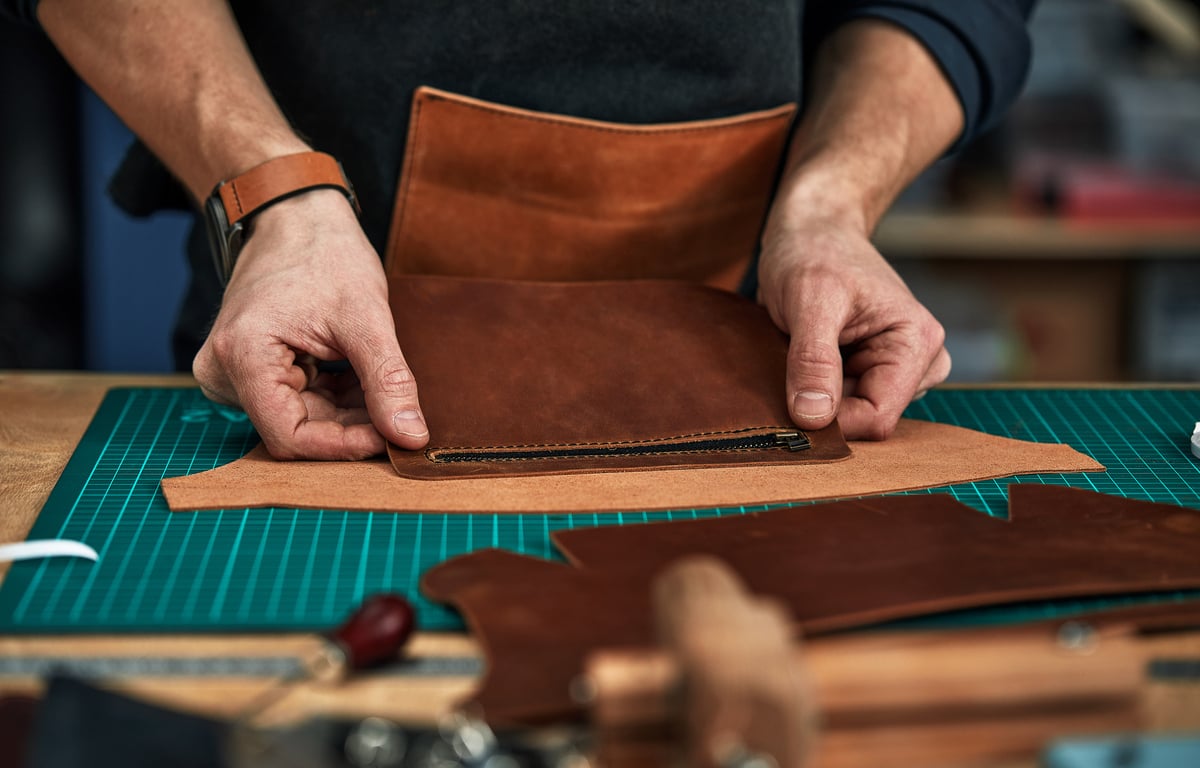
Leather making is an ancient art that has been practiced for more than 7,000 years. Fresh skins were dried in the sun, softened by pounding in animal fats and brains and preserved by salting and smoking. Beginning with simple drying and curing techniques, the process of vegetable tanning was developed by the Egyptians and Hebrews about 400 BCE. During the Middle Ages, the Arabs preserved the art of leather making and greatly improved it.
In the 15th century, leather tanning again became widespread in Europe, and, by the mid-19th century, power-driven machines that performed such operations as splitting, fleshing, and dehairing were introduced. Toward the end of the 19th century, chemical tannage—which included the use of oak, sumac, hemlock tanbark, and chrome salts—was introduced.
In the 21st century leather production involves a combination of traditional craftsmanship and modern technological advances. The process has become more efficient, sustainable and diverse, meeting the needs of today's consumers.
The evolution of leather bags
The evolution of leather bags is a fascinating journey spanning thousands of years, reflecting changes in fashion, culture and technology. Leather bags, starting from simple objects of daily use in ancient civilizations and ending with iconic symbols of luxury and style in the modern world, have written a legendary history in fashion and everyday life.

Over the centuries, leather bags have adapted to the needs and preferences of different eras, embodying the creativity and craftsmanship of skilled artisans. From the practical bags used by nomadic tribes to carry essentials during travel to the elegant and sought-after designer bags that grace the runways of Paris and Milan, leather bags have evolved into an essential and cherished accessory for people of all backgrounds. Here is the chronology of the main stages of the evolution of leather bags:
Ancient Times
- Leather bags have ancient origins, dating back thousands of years. In civilizations such as Egypt, Sumeria, Greece, and Rome, leather was used to create bags for carrying various belongings, food, and tools. These early leather bags were simple in design and often had drawstring closures.
Middle Ages
- During the Middle Ages, leatherworking became a specialized craft, and guilds were created to protect the interests of leatherworkers. Leather bags were used for practical purposes, especially during travel and trade. The design of bags has become more sophisticated, featuring better closures and compartments.

18th and 19th Centuries
- As the Industrial Revolution progressed in the 18th and 19th centuries, the production of leather bags became more standardized. The increasing availability of leather, as well as technological advances in sewing machines and tanning processes, led to the mass production of leather bags.
Early 20th Century
- In the early 20th century, leather bags evolved to meet specific needs. Bags have become indispensable accessories for professionals, and bags for everyday use have gained great popularity among women. Leather luggage such as suitcases and travel bags have become more popular as train travel and tourism have expanded.
Mid to Late 20th Century
- From the middle to the end of the 20th century, the fashion industry saw an increase in creativity and innovation in bag design. Designers presented iconic bags that have become eternal classics, such as Chanel 2.55 and Hermès Birkin. Backpacks also gained popularity thanks to their practicality and versatility.
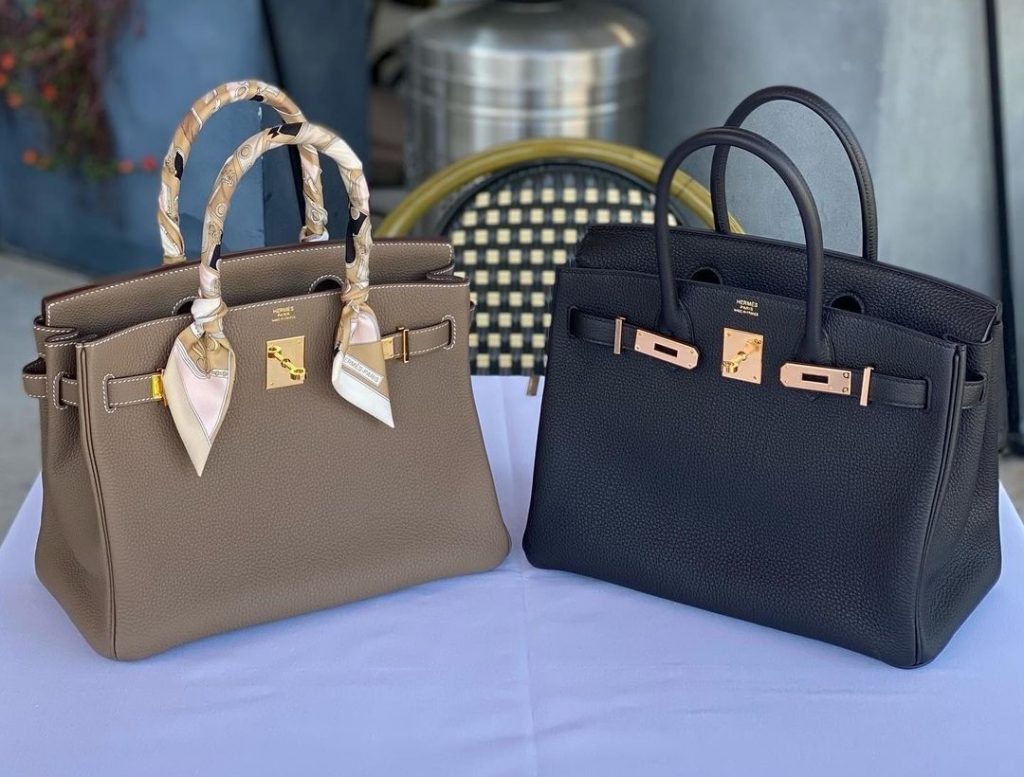
Contemporary Times
- In the 21st century, leather bags continue to develop, meeting the requirements of modern lifestyle and fashion trends. There are many different styles of leather bags. From classic to modern, from everyday to formal. Luxury brands continue to introduce new designs and materials, offering consumers a wide choice.
Sustainable and Ethical Focus
- In recent years, there has been an increasing focus on sustainable and ethical practices in the fashion industry. Consumers are seeking leather bags made from responsibly sourced materials and produced with eco-friendly processes.
Technology Integration
- Thanks to advancements in technology, some modern leather bags now have built-in charging ports for electronic devices, smart pockets, and other technological features to meet the needs of the digital age.
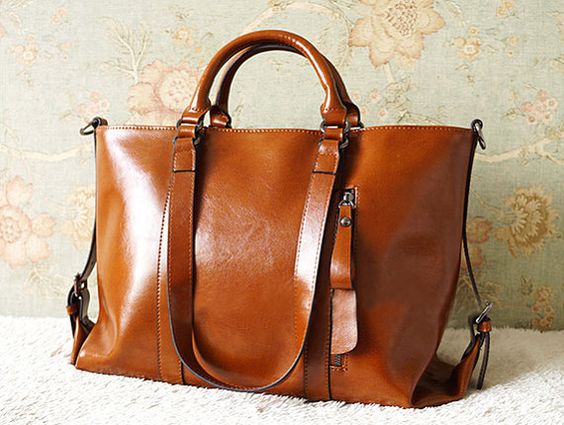
Leather bags that remained in history
Several leather bags have made a significant impact on fashion history and have become iconic pieces that are celebrated and coveted to this day. Here are some leather bags that have written history:
Chanel 2.55
- Designed by Coco Chanel in 1955, the Chanel 2.55 is one of the most iconic and timeless handbags in fashion history. Its quilted leather design, chain strap, and signature CC logo have made it a symbol of luxury and sophistication.
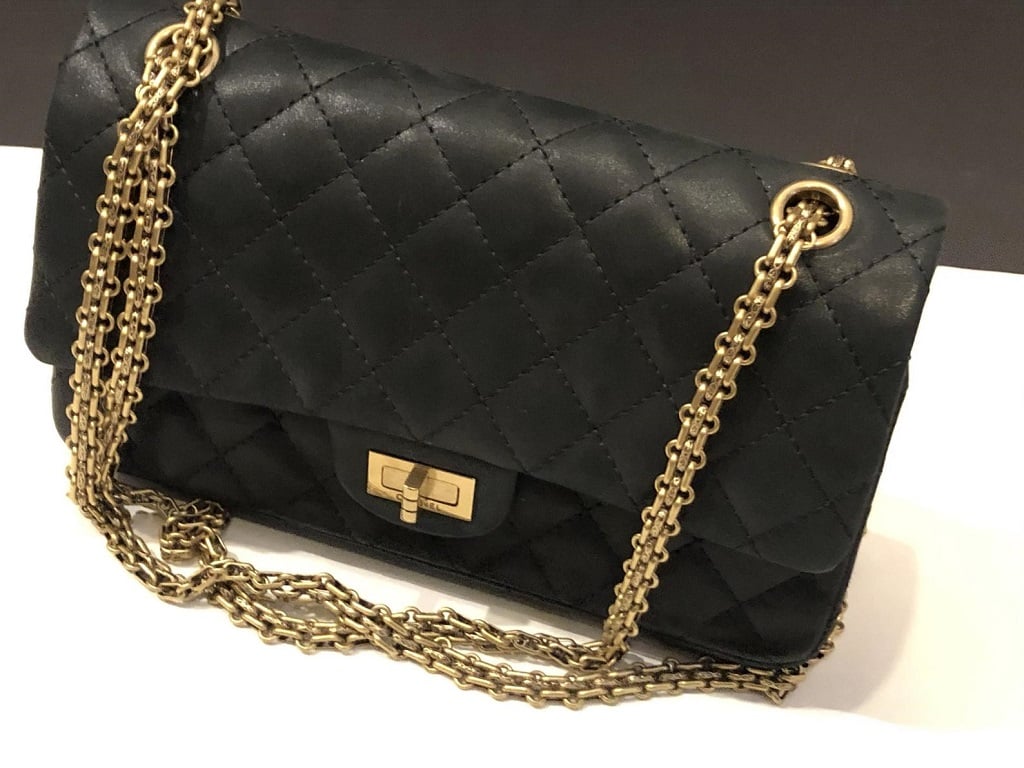
Hermès Birkin
- Introduced in 1984, the Hermès Birkin is one of the most sought-after and exclusive handbags in the world. Named after the actress and singer Jane Birkin, this bag is known for its exquisite craftsmanship, premium materials, and long waiting lists for purchase.
Louis Vuitton Speedy
- Originally created in the 1930s, the Louis Vuitton Speedy is a classic and iconic handbag recognized for its monogram canvas and distinctive shape. It has been a favorite among fashionistas and celebrities for decades.
Fendi Baguette Bag:
- Launched in 1997, the Fendi Baguette Bag played a significant role in the "It Bag" trend of the late 1990s and early 2000s. Its compact shape and logo-embellished closure made it a must-have accessory for fashion-conscious women.
These leather bags have become more than just fashion accessories; they are symbols of luxury, style and cultural significance. Each bag has its own unique design and history, which makes them valuable objects for those who can own them. The influence and popularity of these iconic leather bags have left an indelible mark on the fashion industry and continue to inspire new designs and trends.
Final remarks
Advancements in tanning processes, technological innovations, and sustainable practices have revolutionized modern leather making. The industry has embraced responsible sourcing, eco-friendly methods, and ethical production to satisfy the conscious preferences of today's consumers
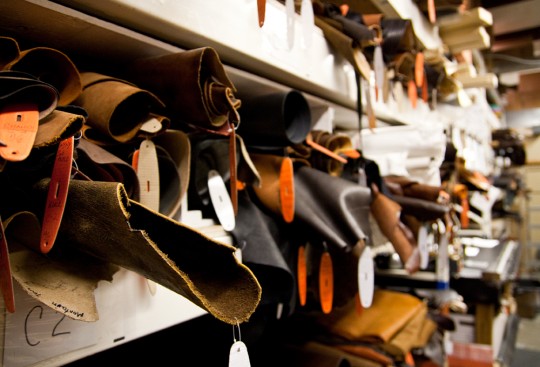
Iconic designs, such as the Chanel 2.55 and the Hermès Birkin, have achieved legendary status, transcending time and trends to remain relevant and desired by fashion enthusiasts worldwide.
You may ask, "Are leather bags worth the investment?", the answer is yes. Before purchasing leather bags get acquainted with the ultimate guide to leather products. The versatility, durability and timeless appeal of leather handbags have made them reliable companions and valuables for people of all walks of life. As fashion continues to evolve, leather handbags are sure to remain a valuable and indispensable accessory, representing the seamless blend of tradition and innovation that characterizes the journey of leather handbags through history. From ancient origins to modern masterpieces, the evolution of leather bags stands as a testament to the enduring allure of this timeless and beloved fashion accessory for both men and women.
More Posts
-
Top Leather Gifts F...
We will be your guiding star through the Christmas shopping maze, assisting you in selecting the perfect presents that suit his hobbies, interests,...
Read More -
The History and Evo...
The evolution of leather bags is a fascinating journey spanning thousands of years, reflecting changes in fashion, culture and technology. Leather ...
Read More -
Ultimate Guide to L...
This ultimate guide to leather products explores what you need to know before buying and how to care for your leather products to ensure they last ...
Read More



Comments
0 Comments
Leave a Comment